
There aren’t a great many independent record labels that have successfully released music as willfully weird and wonderful as Erik Skodvin’s Miasmah Recordings, which continues to perplex and disorient with its diverse array of musical oddities. Interestingly, the debut compilation release Silva aside, the label began life largely by releasing post classical records with delicate electronic flourishes: Encre’s Plexus, Rafael Anton Irisarri’s Daydreaming and Greg Haines’ Slumber Tides all excellent examples.
It was only when the often overlooked and underrated, salt encrusted doom-shanty atmospherics of Elegi’s Sistereis was released that the darkness began to truly set in, capsizing in dangerous, doom-laden waters. The survivors were never quite the same again. This is music that sometimes makes Skodvin’s own bleak and twisted work seem positively convivial by comparison. Take the grimy rantings of deranged psychopath, Kreng on L’autopsie Phenomenale De Dieu, the follow up to which is the third of the releases under scrutiny here, the dank modern classical of Markus Fjellstrom’s Schattenspieler or the trippy, hallucinogenic collage music of Gultskra Artikler’s Kasha iz Topora.
Miasmah is particularly notable for its amazing consistency in every aspect its output and operation. It’s clear that Skodvin understands what it’s like to be a true collector of a label’s entire catalog. To this day Miasmah continues to release its albums in jewel cases, having never embraced the digipak, but makes them special by frequently including exquisitely printed, twelve-page, artwork-heavy booklets and Miasmah logo-adorned circular cover stickers. The parallel line motif that encircles the compact disc label and runs down the jewel case spine separating artist name and title from catalog number has continued to appear in one variation or another on every single release… well, okay, all except one – bad Miasmah!
Forming an instantly recognisable and pleasingly consistent collection both on the shelf and in your hands, this lends itself to an almost obsessive listening behavior. Once you’ve put one Miasmah release on, its highly unlikely the stereo will be switched off before listening to at least one other.
There are changes on the horizon for Miasmah too, in part due to a change in distribution that has resulted in their vinyl releases now being accompanied by download codes, a welcome addition. It has also brought them closer to Monique Recknagel’s Sonic Pieces label (a natural choice after Skodvin’s own album was released by the imprint) as evidenced by the special edition compact disc of Juv’s album and the release of further vinyl versions of their output featuring alternate artwork. And so here are the first offerings from Miasmah in 2011 in three distinctive and extreme flavours.
::…:…:…….::::…::..::::…..:::.:…….::::…::.:…….::::…:::…..:::.:…….:::
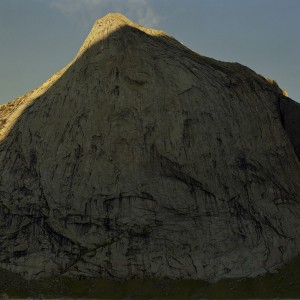
Juv :: Juv
Though this music clearly originates from or reflects the dark places of the inside, there are moments of hypnotic majesty that briefly cut through the starkness.
Are Mokkelbost and Marius Von Der Fehr originally composed these recordings nearly fourteen years ago, between 1996 and 1998. Before the project could be completed and the works see any form of release, their friendship suddenly ended and the recordings were relegated to the archives, potentially never to see the light of day again. The reason for the ending of the friendship is unknown, but fortunately they have now returned to their shelved material, re-edited and finalized it to be released in the form of this eponymous full length.
Not so much dark as cruelly desolate and stark these plateaus of noise were surprisingly not influenced by the black metal movement and composed without the frame of reference we have now in an era where dark drone music has become a staple. Juv recorded the work with deliberately self-imposed restrictions – no electronic effects or synthesizers, just extensive use of samplers. The duo traveled around Europe by train to record and collate a library of field recordings as source material for the album, which is constructed from a number of heavily treated musical instruments to which these subtle recordings were added using little more than a sampler and multi-tracker that was then mixed straight down to DAT with little to no post-production whatsoever.
This explains the raw, visceral nature of much of the final work, the almost concrete walls of sound just as unforgiving as the desolate expanses of land they evoke. Sometimes the lack of post-processing is obvious, particularly where looped guitar samples are used, such as on “Infinitiv” where the trilling of the instrument is clearly audible, or on the shrieking “Undergang” with its slowly shifting looped guitar wails. These are pieces from which the comparisons to “black metal” presumably stem, even though at the time of composition neither Mokkelbost and Von den Fehr were listening to or indeed even aware of the genre.
This is no one-note release either. Consisting of a variety of different, primarily drone-based works, Juv work their way through an index of sonic palettes, from the dry minerality, fossilized cathedral organ drones and scorching solar flares of “Juv” or the clawing saw-tooth scraping of “Los” to the cold, metallic echo chambers filled with processed guitar feedback that melt into dark organ drones on “Revolusjoner.”
Some of the tracks are effectively one-take recordings given a final polish for this release, such as on “Sut,” and it turns out that the screaming voices that can be heard tearing their vocal chords to shreds belong to the duo themselves, recorded in the woods on the outskirts of Oslo after a train journey to the end of the line, with no trace of civilization visible.
Though this music clearly originates from or reflects the dark places of the inside, there are moments of hypnotic majesty that briefly cut through the starkness: the almost jaunty, though extremely brief “Til,” or the panoramic drones of “Forvarsel” and “Stue” evoking images of standing atop a plateau and looking down into dry, dusty grand canyons stretching far into the distance as something vast and unknown hovers in the sky.
What is genuinely intriguing about Juv is its sonic sensitivity to source equipment, location and playback volume. The harsh edge of many tracks is largely absent at low volumes, the experience far more harrowing when relayed through speakers than it is directly beamed into your head via headphones, and listening whilst driving is particularly odd thanks to the lack of bass drones and heft in the bottom end.
Miasmah’s releases are generally not for the faint hearted, especially recently, and though to date this is probably the starkest entry in the imprint’s entire canon, do not be put off by a cursory glance or a skimming of samples – such actions will simply put you at an enormous distance to the already willfully hostile material. Only an in-depth exploration of the work will properly reveal its dark charms and subtle nuances.
For the collectors out there, the ever-gorgeous Sonic Pieces have issued one hundred copies of the album in their bespoke, hand-made, cloth-bound book sleeves, this time with a green binding, red blocking and printed card insert featuring the original album’s stark cover-image.
::…:…:…….::::…::..::::…..:::.:…….::::…::.:…….::::…:::…..:::.:…….:::
Kaboom Karavan :: Barra Barra
Like a trip through some surreal, shocking and genuinely creepy circus, carnival or freak show mid construction/destruction, the sound-stage is constantly bombarded by unidentified percussion, clanking, crashes, the creaking of doors.
Following the stark and abstract drones of Juv is the surreal and immersive lunacy of Kaboom Karavan’s Barra Barra. The baby of Bram Bosteels, Kaboom Karavan has its roots in theatre, film and contemporary dance, but fuses it here with jazz sensibilities and a hefty wedge of Dadaism to create a bewildering work the likes of which hasn’t been seen on Miasmah since Gultskra Artikler’s Kasha iz Topora, with which Barra Barra shares a sort of free-form, musical scrap-book approach to its arrangements.
Not only is it hard to discern what any instrument is doing at any moment within Barra Barra, it is similarly hard to orientate oneself in the album as a whole, the bewildering depth of focus and cluttered mise en scene leaving one searching for a focal point and simply coming up short; you become lost in the barrage of sound. This is all helped along by the spellbinding acoustics Kaboom Karavan have employed, coming as close to an all-encompassing surround sound as it’s possible to get through stereo sources. Stijn Dickel’s electric guitar and Fred Van Der Moortel’s double-bass provide warm, familiar grounding elements to counterpoint the crawling unease of the other objects and instruments used to confuse and confound, but are often given a timbre and resonance that put them at a distance, often little comfort to the onlooker.
Like a trip through some surreal, shocking and genuinely creepy circus, carnival or freak show mid construction/destruction, the sound-stage is constantly bombarded by unidentified percussion, clanking, crashes, the creaking of doors. The opening track “Lentetooi” unnerves from the outset with the horrible, cracked voice of a cloaked, rocking figure in the shadows mumbling, whimpering and moaning incomprehensibly. Like many of the disquieting settings on Barra Barra one feels like a lost and nervous visitor that has stumbled upon something so disturbing one has become transfixed by the sights and sounds, unable to turn away.
Elsewhere, Kaboom Karavan employ a sort of aural cubism, the same instrument layered in contradictory and dimensionally confusing ways. Attempts to single out individual tracks are largely futile, other than to comment upon a predominant instrument or cultural reference. “Loboi” flows right into “Lentetooi,” and though it finally features something recognizable, offers scant little comfort or consolation. There’s the twisting and squealing of rusting metal gears in “Nuit Nadar,” the shadowy wild-west guitar, dust, grime, death-knell chime and dark-alley clatter of “Down the out” and the twisted whale-song cries of “Not gone is seen.”
Come and ride the “Walzer” / two-three / what’s that shrieking? / two-three / let me off, I don’t like it here / two-three. Is that someone playing pool? What’s that crashing? Breaking bottles, dark figures closing in. Is that the corrugated iron they’re hitting? I have to get out of here… A cine-film projector flickers into life. Is this real or a nightmare?
Barra Barra is a classic example of the sonic extremes the Miasmah imprint explores, not revealing its dark heart quickly or easily. Like many such albums, one avenue with which to unlock its secrets is to allow it to penetrate the subconscious by listening whilst drifting in and out of sleep, at which point one can slip into the unreal world until it becomes somehow less elusive, less threatening, more easily processed and understood. Which is just wrong, frankly but there it is. Barra Barra is a spectacularly weird and dreadfully wonderful album that should not be overlooked – this truly is a miasma of sound and one of the most extreme on the label to date.
For some reason, Barra Barra works particularly well on vinyl and it is well worth tracking down the limited LP version, which is pressed on translucent orange vinyl and housed in a sleeve featuring gorgeous alternate artwork.
Kaboom Karavan – Barra Barra by miasmah
::…:…:…….::::…::..::::…..:::.:…….::::…::.:…….::::…:::…..:::.:…….:::
Kreng :: G R I M O I R E
Grimoire achieves levels of spine-chilling dread exceeding even his debut offering, with a sparse, exacting use of samples and restrained approach to composition that creates a soundtrack which needs no movie, all without resorting to cartoonish or cliche’d tropes.
Sleep, on the other hand, is most definitely not recommended whilst listening to this sonic Nosferatu. Kreng’s debut album L’autopsie Phenomenale de dieu was widely lauded by critics as one of Miasmah’s finest, most disturbing and affecting releases, taking the label to new levels of hellish theatrical gloom. Violent and highly charged eroticism, occult cabals, black magickal rituals – all in all it was enough to give you the screaming willies. Constructed entirely of sampled materials, Belgian producer Pepin Caudron created an intricately woven mix of samples from classical sources and treated film samples. His sophomore album, Grimoire, furthers Miasmah’s descent into madness, and though surprisingly more musical than his debut, it is a far more focused, concise and narratively constructed tome of nightmares and demonic horrors. Caudron’s origins in theatre and in particular his association with the otherworldly, dadaist, guerrilla theatre troupe Abbatoire Fermé extend into every facet of the production.
Grimoire – a manual of (black) magic spells and invocations that teach ways to charm or divine, to create magical trinkets, to summon angels, spirits or demons. Can you guess what we might be doing today boys and girls?
An exorcism? The “Karcist” consults the Grand Grimoire. There are terrified, rasping inhalations of breath, sinister ambiance and skull-resonating sub-bass drones. “You know you’ve left the earth behind… when you died. Do you remember that?” The voice tells us to let go of the earth and go towards the light. It begins as we watch a performance by “Le Bateluer” (“The Magician,” also the name of a particular card in the mystic Tarot) on the blackened stage of an old Victorian theatre. The tension is palpable, the orchestra pit is drumming out a metronomic clunk, drum rolls, Dudley Simpson-esque clarinet and horns that penetrate the smoky gloom as this mysterious figure performs his arcane trickery. Figures are levitated, suffer the death of a thousand cuts, vanish in ornate cabinets. Monastic vocal drones, a operatic vibrato soprano, the whistling of the wind through underground passages… this is all packed into a single track.
Classical elements seep through the cracks and into Kreng’s disturbing alternate reality on “Opkropper,” a diva has gone rogue, the pianist demented. A repeated bass string refrain and unsettling piano heralds the recital of a “Petit Grimoire,” and soon the pounding thump of a heartbeat is heard as a dread entity rises from the pages in curls of black smoke. The slow waltz of “Wrak” begins, but something is terribly wrong. The plaintive strings mutate, a squawking siren like a malfunctioning fairground ride, atonal noise, the hideous gulping of some alien creature, until the full nature of the insanity that lives in the heart of this grimoire is revealed: jabbering, flailing, convulsing, phasing. The chaos ends almost as quickly as it began. The pianist continues, but a spectral figure cowers, translucent, in the corner of your eye, at the edge of hearing.
If the baroque strings at the “Ballet Van De Bloedhoeren” herald a thankful return to normality then why does time appear to be slowing to a crawl, stretching out in front of us to near breaking point, nothing remaining but a stretched and viscera-streaked smear? There’s a singing “Girl In A Fishtank,” but the voice has gone bizarre… it quivers and ascends into the ether, changing pitch, grinning maniacally, ready to explode.
Suddenly we’re in Egypt consulting The Black Pullet (“La Poule Noire”), raising an army of the undead, once-entombed mummies pressing forward in a shambling march, then in the beatific heart of Siberia, the air thin with strings and hypnotic Tuvan throat singing. Throw an acute case of “Satyriasis” into the mix and the horror has even reached a horrendous, psycho-sexual level. “Konker.” Too late for the exorcism, that diva’s voice again, this time utterly twisted and insane, a vibrating, quivering abomination rising in whorls of acrid, acidic vapor. This thing has to be contained. “Watch the light. Keep watching it.” A whimper and a sob… a snarling voice… “Can you hear me?” An inverted scream, walls of fed back noise, space and time implodes.
The Grimoire slams shut.
Caudron has created something in Grimoire that achieves levels of spine-chilling dread exceeding even his debut offering, with a sparse, exacting use of samples and restrained approach to composition that creates a soundtrack which needs no movie, all without resorting to cartoonish or cliche’d tropes. Listen at your peril.
Confirming Miasmah’s clear love for all things Kreng, Grimoire receives the premium vinyl treatment with a limited run of four hundred individually numbered LPs housed in a heavyweight black cardboard sleeve with silver silk-screened artwork depicting what could be a corpse, a face without eyes.
Sweet dreams, ladies and gentlemen.
::…:…:…….::::…::..::::…..:::.:…….::::…::.:…….::::…:::…..:::.:…….:::
All releases above are out now on Miasmah.











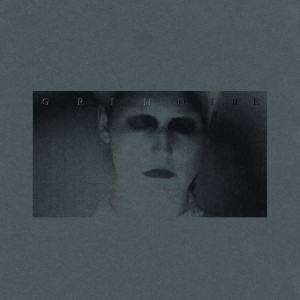


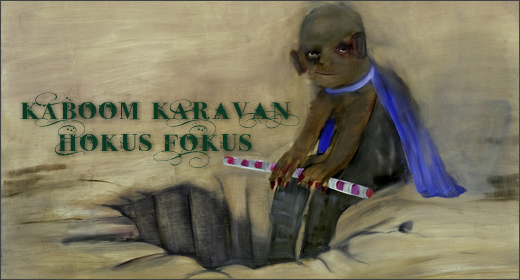
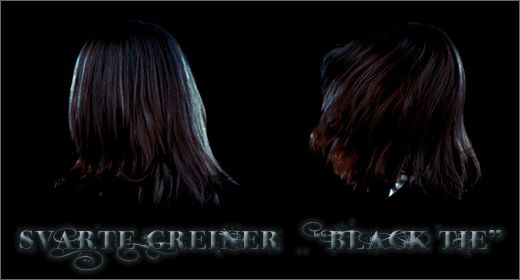
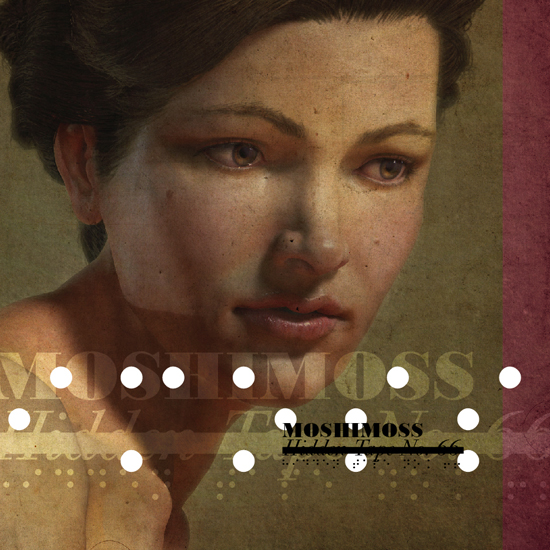
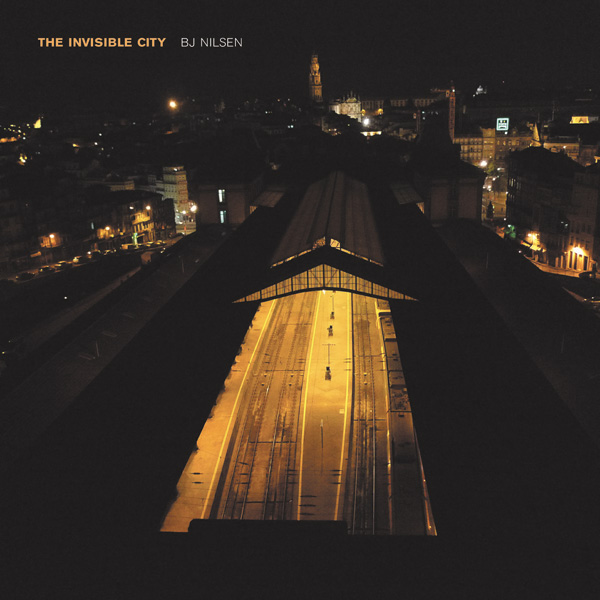


![Pole :: Tempus Remixes (Mute) — [concise]](https://igloomag.com/wp/wp-content/uploads/2025/04/pole-tempus-remixes_feat-75x75.jpg)






![Hasbeen :: Bunker Symphonies II (Clean Error) — [concise]](https://igloomag.com/wp/wp-content/uploads/2025/04/hasbeen-bunker-symphonies-ii_feat-75x75.jpg)
